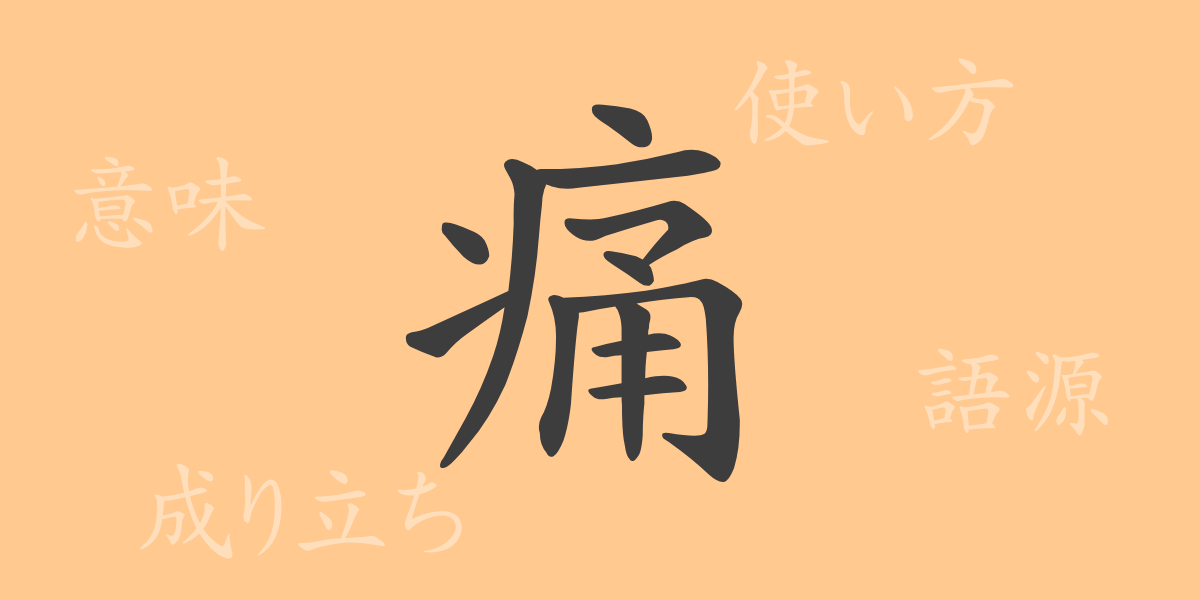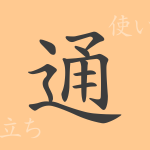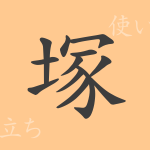In Japanese culture, kanji transcend mere characters, embodying deep historical and semantic significance. This article explores ‘痛(ツウ)’, a kanji integral to everyday life, delving into its profound meanings, origins, and cultural impact.
Origins of ‘痛(ツウ)’
The kanji ‘痛’ originated in ancient China, symbolizing sickness and pain. It combines ‘疒(やまいだれ)’ depicting a hand pressing on a disease spot, and ‘甬(ゆう)’, representing pain, to visually convey suffering and discomfort.
Meaning and Usage of ‘痛(ツウ)’
‘痛’ primarily denotes pain and anguish. It is used to describe both physical pain and emotional grief. Additionally, it functions metaphorically and as an intensifying adjective in phrases like ‘痛快(つうかい)’ for exhilarating joy, and ‘痛切(つうせつ)’ for poignant emotions.
Readings, Stroke Count, and Radical of ‘痛(ツウ)’
Understanding ‘痛’ involves its pronunciation, structure, and more:
- Readings: On’yomi ‘ツウ’, Kun’yomi ‘いた.い’, ‘いた.む’, ‘いた.ましい’, ‘いた.める’
- Stroke Count: 12 strokes
- Radical: 疒(やまいだれ)
Phrases, Idioms, and Proverbs Using ‘痛(ツウ)’ and Their Meanings
‘痛’ appears in numerous expressions reflecting its rich semantic field:
- 痛快(つうかい) – Extreme pleasure or exhilaration.
- 痛切(つうせつ) – Intense, poignant emotion.
- 痛感(つうかん) – Strongly feeling or perceiving something.
- 痛車(いたしゃ) – A car elaborately decorated with anime or manga characters (slang).
- 痛み分け(いたみわけ) – A situation where both parties equally share pain or loss.
Conclusion on ‘痛(ツウ)’
The kanji ‘痛’ richly articulates the spectrum of pain experiences in our lives, from physical discomfort to emotional distress, and extends to metaphorical and emphatic expressions in everyday conversation. As a common kanji in Japanese, ‘痛’ significantly enriches the language, illustrating various forms of pain through words and culture.

























